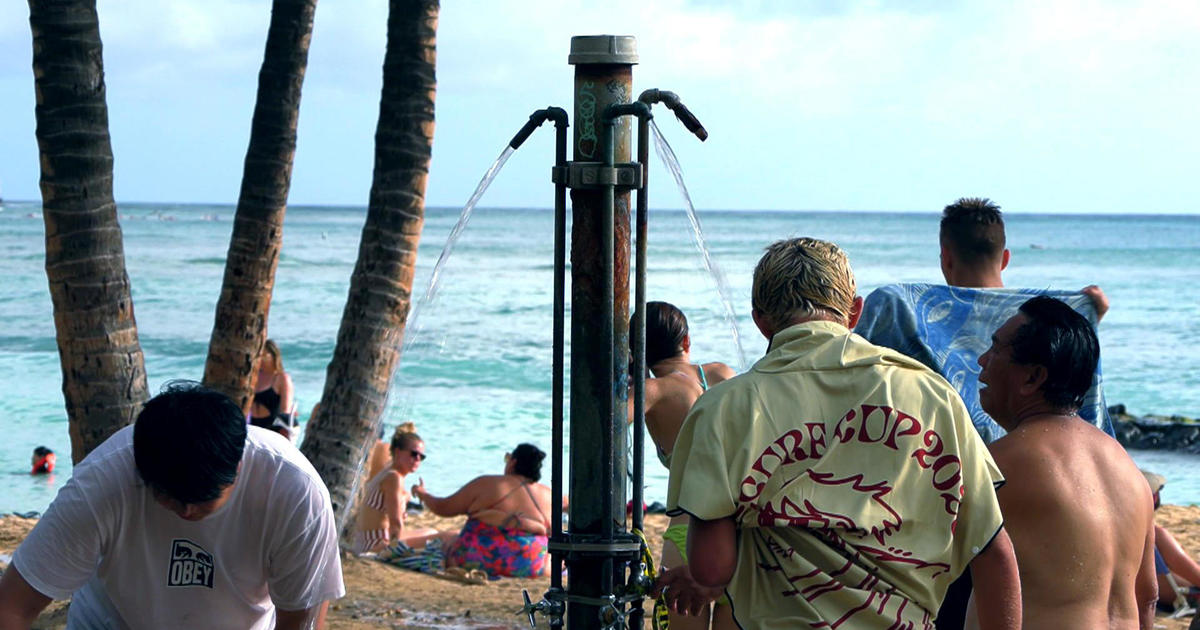Ukraine's landmine crisis
Ukraine has a landmine crisis.
Since Russia's full-scale invasion began two years ago, Ukraine has become one of the most mined countries in the world. Landmines have been documented in 11 of Ukraine's 27 regions, and these hidden weapons are crippling the country's agricultural economy and maiming — even killing — its civilians.
"The levels of contamination are quite extraordinary in terms of what we've seen," said Pete Smith, the Ukraine program manager for the HALO Trust, a nonprofit organization focused on ridding warzones of landmines. He estimates the number of mines in Ukraine at the moment to be in the millions.
Since 2022, landmines and explosive remnants of war have contributed to more than 1,000 civilian casualties in Ukraine, both injuries and fatalities, according to Smith and Ukrainian authorities. Many occur in farmland and fields, and they are largely caused by anti-vehicle mines, which are intended to blow up tanks and other large vehicles.
However, once the battle recedes, these mines cannot distinguish between a tank firing rounds and a combine harvesting food.
60 Minutes saw HALO's operations in Hrakove, a small farming village near Izium in the Kharkiv region that was once occupied by Russian forces. There, rows and rows of anti-vehicle mines have been planted, likely by Russian mine-laying vehicles, that cut farmers off from their fields. More than 15% of Ukraine's farmland is mined or contaminated with unexploded ordnance, according to Bratislava-based think tank GLOBSEC, and this has forced farmers to abandon their plantings and sow smaller crops.
Ukraine is also inundated with anti-personnel mines, which are intended to maim individuals, not vehicles. They can weigh mere ounces — but their devastation is permanent. A small child stepping on one can apply enough pressure for detonation. This kind is known by the deceptively innocent names "butterfly" or "petal" mines, because they scatter like flower petals when they drop from the sky.
"Typically, several hundred of these at a time will just be liberally and indiscriminately spread across the territory," Smith said. "They can rest on the roofs. They can sit in guttering. They can take years before they come back into society and into view."
An international accord known as the Mine Ban Treaty prohibits the use of these anti-personnel mines and has been signed by 164 nations to date, including Ukraine. Almost three dozen countries have not agreed to it, including Russia and the United States. In Ukraine, Russian forces have used at least 13 types of anti-personnel mines since they invaded two years ago.
Ukrainian troops have also employed mines in their attempts to thwart Russian forces, including reportedly using anti-personnel mines when Russian forces occupied Izium, according to a report from Human Rights Watch.
The mines planted by Russian forces, meanwhile, have slowed Ukrainian troops' attempts to recapture territory, killed soldiers, and demolished Ukrainian tanks. The effort to clear these mines is time-consuming and fraught: Smith told of instances where the mines are layered in the ground, with anti-personnel mines been buried underneath anti-vehicle mines. Lifting an anti-vehicle mine away from the surface can release enough pressure to detonate the anti-personnel mine below and, potentially, detonate the anti-vehicle mine.
"It is to make the challenge of breaching those minefields much more difficult and much more thought provoking for the Ukrainians," Smith said.
To clear these mines in Ukraine, HALO relies on some 1,000 deminers, who have come from all over the country and every walk of life. Smith estimates around 30% of HALO's deminers are women.
"We have a variety of people from civil society who all want to make a difference," Smith said. "And their way of making a difference is helping us to demine Ukraine."
Organizations like HALO carry out what is known as humanitarian demining. Unlike operational demining, which is intended to clear a path quickly for troops, humanitarian demining is a labor-intensive process that allows civilians to return to their homes and livelihoods safely.
According to Smith, this process will continue for decades in Ukraine.
"We must remember that the conflict is still ongoing and is likely to for the foreseeable future," Smith said. "So, many of these minefields are not actually in reach of us at this moment in time. But when Ukraine is able to recover its territories, clearly a concerted effort is going to be needed over generations."
The video above was produced by Brit McCandless Farmer and edited by Scott Rosann.



